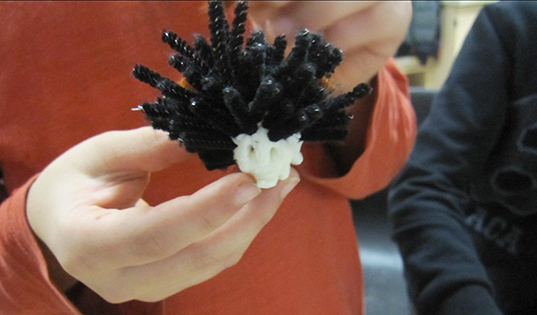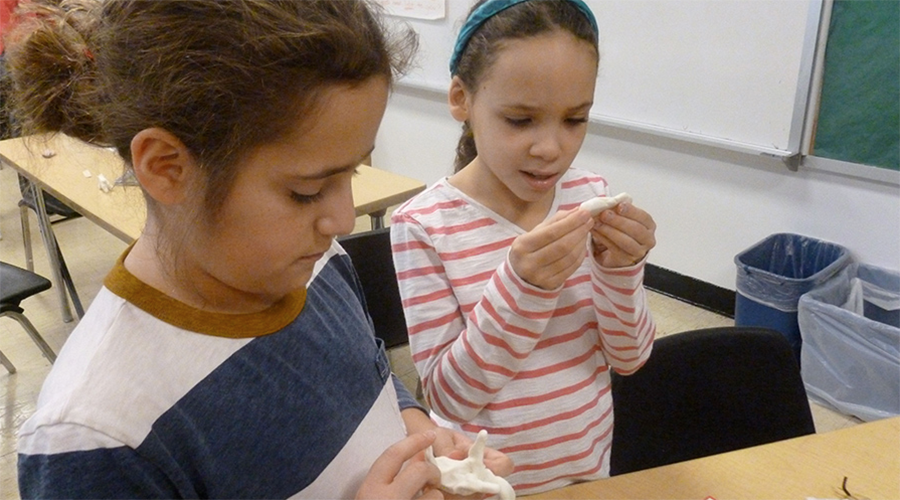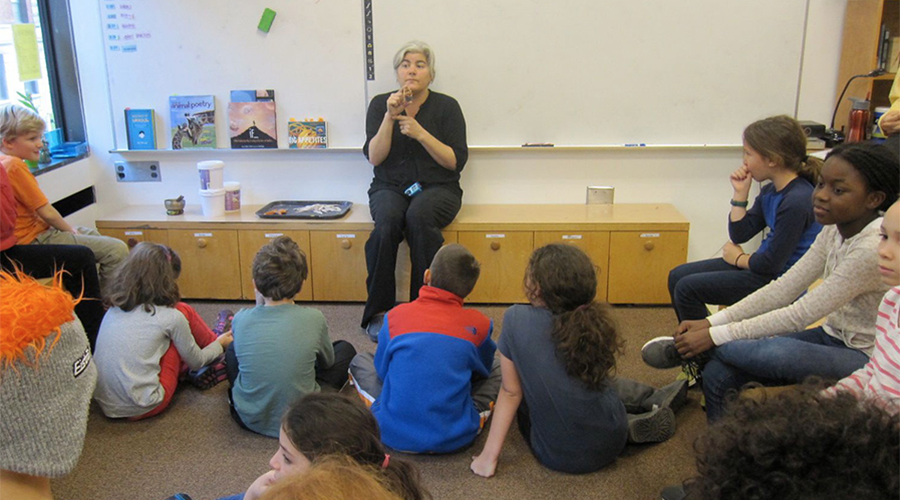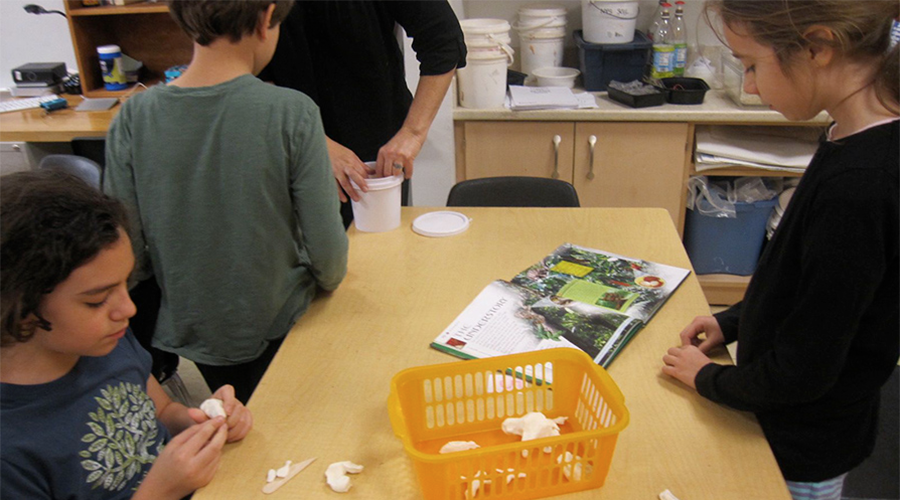 Schedule
Schedule
Two 45-minute classroom periods for research
Goals
Students continue researching which animals live in their biome. They learn about animal adaptations in each biome, such as camouflage or body structure. And then they translate this knowledge by making three-dimensional representations of animals for their models.
Materials
Teacher-made articles, images, visual encyclopedias of animals, books
Procedure
Allow time for students to review their written and web-based research notes with an emphasis on animals. Ask students which animals interest them and why. Ask students to consider how these animals have adapted to their particular biome. Have members of each group decide which animals each person will make.
Assessment
Formal: Teacher review of note-taking sheets
Informal: Asking children individually and in whole group about learnings, discoveries, and questions about animals in their biome
Suggestions for Teachers
- Online and visual encyclopedias of animals are very helpful.
- Ensure that students have chosen animals that do in fact live in that particular biome.
- Allow plenty of time for students to do this work, as the interest level in animals is always so high.
- Challenge students to create more than one type of animal, and then to create several of them.


